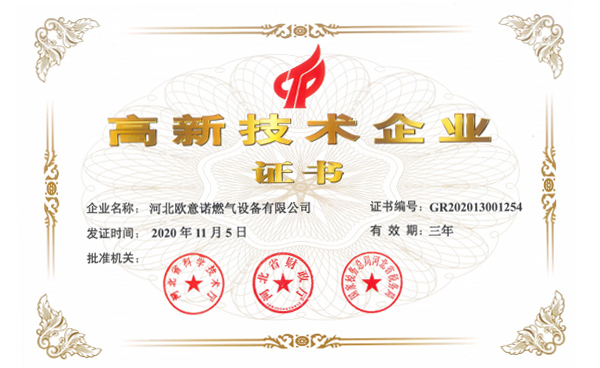
Dec . 14, 2024 12:56
Back to list
pneumatic control valve
Understanding Pneumatic Control Valves Functionality and Applications
Pneumatic control valves are essential components in various industrial automation systems, playing a critical role in controlling the flow and pressure of air or gas. These valves are widely used in sectors such as manufacturing, transportation, and even in commercial applications. Their primary function is to regulate the motion and operation of pneumatic actuators, which convert air pressure into mechanical movement.
Working Principle
The operation of a pneumatic control valve can be understood through its basic mechanism. These valves typically consist of a valve body, a diaphragm or piston, and a control element. When air is supplied to the valve, it creates pressure that acts upon the diaphragm or piston. This pressure differential moves the control element, which opens or closes the valve, thereby regulating the flow of air or gas.
The composition of a pneumatic control valve often includes various types of actuators—such as solenoids, air cylinders, or manual controls—allowing for automatic or manual operation based on the application’s requirements. The flexibility of design enables these valves to be configured for numerous functions, including flow control, pressure regulation, and binary on/off operations.
Types of Pneumatic Control Valves
1. Single Acting Valves These valves operate using spring action and are typically used for simple control applications where returning to the default position is necessary.
2. Double Acting Valves Offering more complex functions, double acting valves can control flow in multiple directions, making them ideal for intricate systems where precise flow adjustments are essential.
3. Flow Control Valves These ensure a specific flow rate of air, which is crucial in processes that depend on a consistent supply for effective operation.
pneumatic control valve

Applications of Pneumatic Control Valves
The applications for pneumatic control valves are extensive. In manufacturing facilities, these valves are instrumental in automation systems, controlling the operation of machines, conveyor belts, and robotic arms. By managing the flow of compressed air, they ensure smooth and efficient operation, ultimately enhancing productivity.
Further, in the transportation industry, pneumatic control valves are used in braking systems, where precise pressure control is vital for safety. In commercial applications, such as HVAC systems, these valves help regulate airflow and temperature, contributing to energy efficiency and comfort in buildings.
Benefits of Pneumatic Control Valves
One of the key advantages of pneumatic control valves is their rapid response time. Since they operate using air pressure, they can react quickly to changes in system demand. Additionally, they are often more cost-effective than their electrical counterparts in certain applications, particularly where compressed air is already available.
Pneumatic valves are also known for their robustness and longevity. Built to withstand the rigors of continuous operation, they can function effectively in challenging environments, including those with high levels of dust or moisture.
Conclusion
In conclusion, pneumatic control valves are indispensable tools in modern industrial automation. Their ability to control flow and pressure effectively makes them vital in a myriad of applications. As technology advances, the development of these valves continues to improve, focusing on greater efficiency, more responsive designs, and enhanced automation features. Understanding the principles and applications of pneumatic control valves is essential for anyone involved in or studying automation and control systems, as their impact on operational efficiency cannot be overstated.
Next:
Latest news
-
Safety Valve Spring-Loaded Design Overpressure ProtectionNewsJul.25,2025
-
Precision Voltage Regulator AC5 Accuracy Grade PerformanceNewsJul.25,2025
-
Natural Gas Pressure Regulating Skid Industrial Pipeline ApplicationsNewsJul.25,2025
-
Natural Gas Filter Stainless Steel Mesh Element DesignNewsJul.25,2025
-
Gas Pressure Regulator Valve Direct-Acting Spring-Loaded DesignNewsJul.25,2025
-
Decompression Equipment Multi-Stage Heat Exchange System DesignNewsJul.25,2025

